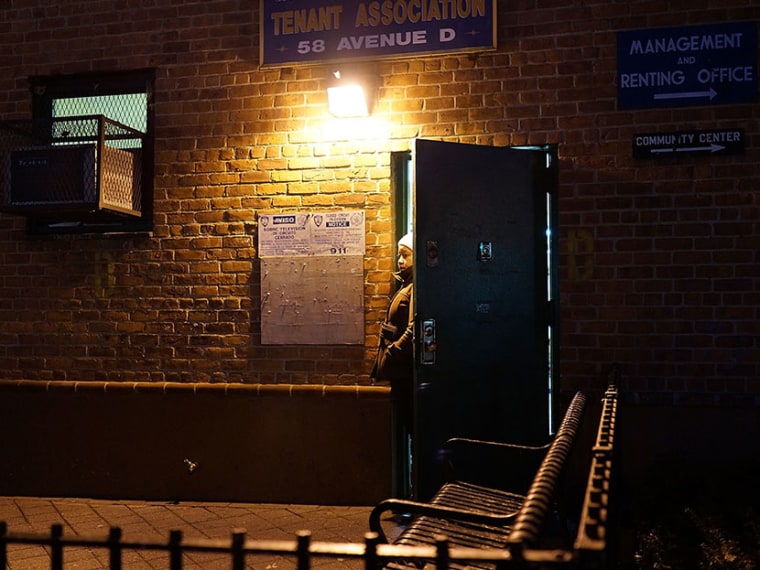Sequestration, we've been told, is really no big deal.
Just look at the rural rental assistance program: The Obama administration claimed that 15,000 families would lose housing subsidies, many going to poor elderly and disabled tenants who could stand to lose their homes. So far, however, not a single tenant has become homeless because of sequestration, according to the USDA, which says it's actively working to minimize the disruption of the budget cuts.
But the next time around, such families might not be so lucky.
Unless Congress gets its act together to pass an alternative, sequestration will continue to grind on, and there is even more belt-tightening around the corner: There will be $19 billion in further cuts in Fiscal Year 2014, which begins on October 1, on top of the across-the-board reductions that have already taken effect in 2013. And the pain for federal agencies could soon intensify, as more programs will have trouble finding budgetary tricks and ad-hoc measures to absorb the lower spending levels.
"These are programs where there is no way to postpone the pain—after that it isn’t going to get any worse," said Richard Kogan, senior fellow at the Center on Budget and Policy Priorities. But in other instances, he says, "You only do one-time savings one time. In those cases, it will continue to get worse in 2014."
This year, for instance, government-backed housing projects in both rural and urban areas will be able to shield residents from cuts by using up their emergency reserve funds—money typically used for roof repairs and other maintenance problems—or deferring mortgage payments for a short while. But that's only a temporary solution to low spending levels that are scheduled to continue until 2022 unless Washington decides otherwise.
Given Congress's dismal track record, service providers and advocates are already bracing themselves for the squeeze, warning that some programs—including those that serve some of the most vulnerable Americans—may not have the resources to soften the blow of austerity for much longer.
Moises Loza, executive director of the Housing Assistance Council, worries that not all housing projects will be in a position to make up for the shortfall if sequestration continues to cut rural rental assistance in 2014 and beyond. The stopgap solutions can't last forever, and continued austerity will threaten the financial viability of these housing projects and the predominantly elderly and disabled residents who rely on them.
"These are people who aren’t going to have much in the way of options," Loza said. "Are they going to be evicted? What’s going to happen to them?"
The sequestration cuts will be bigger next year because Congress suspended them for the first two months of 2013 through January's fiscal cliff deal. But much like this year's budget cuts, the impact of 2014's sequestration are likely to be diffuse and vary widely from program to program. Those that have already been forced to make big immediate cuts, like Head Start, may just continue with their downsized status quo. Others that have made cuts to lower-priority programs—training, upkeep, etc—may not feel sequestration's effects for years to come. And those who overhyped sequestration the first time around may be reluctant to sound the alarm for the real pain that is still on the horizon.
All this makes it more likely that sequestration is here to stay, even though both parties insist there's a better way forward. Even if nothing were done to alter the Budget Control Act—the August 2011 debt-ceiling deal that created sequestration in the first place—lawmakers could at least change the meat-axe approach to cuts by passing a new budget for 2014.
That's hardly a given in a Congress that's become even more dysfunctional in recent months. Right now, there is a yawning $91 billion gulf between the two chambers' budgets without any sign of a clear resolution: The Senate wants to raise total discretionary spending from $986 billion to $1.058 trillion, while the House wants to spend even less than under 2013's sequestration, with a discretionary budget of $967 billion.
Both proposals would override the sequestration, but to very different ends: Senate Democrats would boost funding for all departments, to varying degrees, whereas House Republicans want to bolster defense spending at the expense of domestic programs. And until they manage to find a compromise, the fiscal squeeze will continue, and the options for averting the pain will begin to dwindle.
